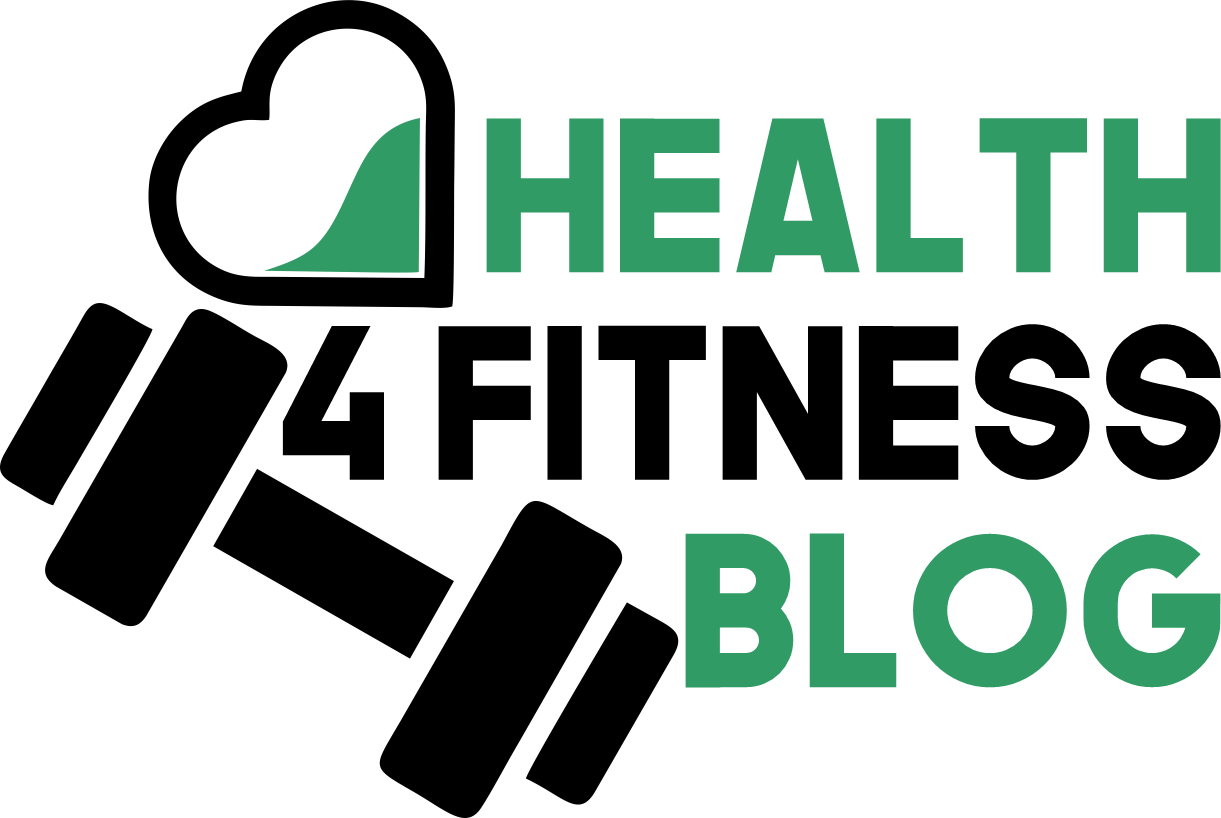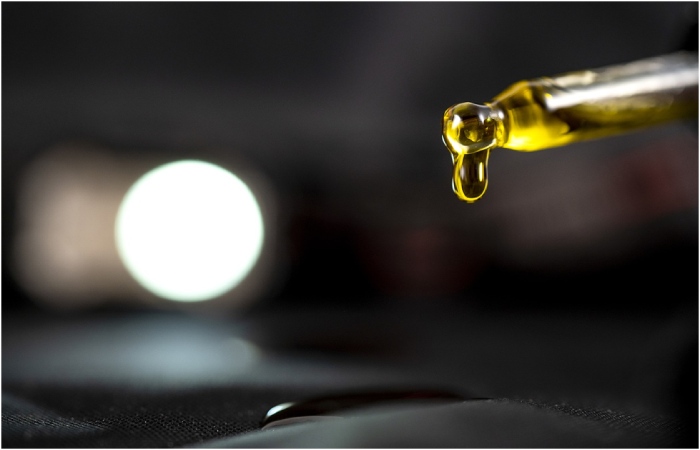Table of Contents
INTRODUCTION
People are often disappointed with the results of the abs workouts they do. This is mostly because people, especially women, think ‘six-pack abs’ are all there is to have an attractive body. That is the first mistake they make. Based on each body type, there are gradual processes, some quicker than others, to finally arrive at a sexy abdomen. This article guides you through the reasons your abs workouts may not be giving you the results you want and gives some important tips on how to turn this around and some recommended abs workouts.
1. YOU’VE GOT TO LOSE WEIGHT FIRST
Perhaps the most common misconception about abs training is that many think they can get visible abs without first reducing their body fat. Having a low percentage of body fat is the key to having clearly defined abs.
Regardless of the number of sit-ups and crunches you do, if your body fat percentage is too high you will not see the results you desire. However, this doesn’t mean that your abs are nonexistent!
You most likely have fully developed abs already, but you don’t see them because they are hidden under your belly fat. Maybe you only get to see the abs when you are pumped after a workout. This is because you’ve still got some fat to reduce.
How then do you burn fat off your body? No, spot reduction isn’t the answer. If you have belly fat, then only exercising the ab muscles will not make that fat disappear. Training a specific body part doesn’t exclusively burn fat off in that area. The only way to burn that belly fat is to cut overall body fat by creating a calorie deficit.
While losing weight, try using toning belts. They work your abs as well as other muscles.
2. YOUR NUTRITION IS IMPORTANT
Properly training abs, coupled with the right nutrition, will do wonders for you. The saying“abs are made in the kitchen” is as true as ever. Your workouts should always be accompanied by a healthy and low-calorie diet. To make the workouts worth your while, you’ve got to ‘eat clean.
Pick what you eat carefully. Always aim to eat a lot of veggies and food that is full of protein. One reason why eating a low-calorie diet works for your abs is that it helps you to lose your body fat.
From my experience, body fat reacts to good nutrition faster than any workout or cardio exercise would do for you. Also, for this purpose, try to time your diet not too long after you work out. This would help you build those ab muscles and lose body fat at the same time.
3. DON’T SKIP CARDIO
Cardio is the best thing that you can do for your body, as it improves your health and burns fat, thereby reducing your weight. To get those abs, never miss out on cardio training.
Cardio, alongside good nutrition, is the quickest way to shed fat and keep fit. Since strong abs are a sign of how much physical activity you do, it is no surprise that cardio could help you get your abs going.
However, your cardio training alone might not give you the results you want. Long runs, walks, and elliptical sessions are not exactly great for stimulating fat burning!
Here’s what to do. Substitute your steady-state cardio workouts for high-intensity interval training and you’ll burn through the belly fat faster. To keep your body challenged and to avoid plateaus, regularly change the duration and speed of your exercises and go for workouts that will keep your heart rate up.
4. YOU NEED TO SLOW DOWN
When it comes to ab workouts, a lot of mistakes are usually made. It is important to know some facts before you continue to help you fully maximize your gains. More often than not, people focus on getting in as many fast crunches or sit-ups as they can handle. This is not the right way to go!
Your focus should be on the quality of your workouts and not the quantity. Instead of doing 100s of those quick reps, it is better to do 30-40 where you lower yourself at a controlled speed on the way down.
By sustaining engagement in your abdominals throughout the eccentric and concentric parts of your workout movements, you’re vastly increasing time-under-tension, causing a lot more tension on the muscle fibres resulting in better growth.
5. TRY OTHER WORKOUTS
Another reason why you might not be seeing gains from your abs workouts is that you might be doing the wrong workouts. In the fitness world, there are loads of ab workouts out there that will do nothing except hurt your back!
The most common workout done for abs is the sit-up. Unfortunately, sit-ups aren’t great for your abs, especially when done incorrectly. Workouts such as full-body sit-ups, Russian Twists, and V-ups might be somewhat effective but are highly overrated as there are lots of better ab workouts out there.
To develop your abs, energetic moves that focus on core strength and involve your stabilizer muscles are what you need. One of these is the plank. Pilates-based exercises such as plank poses, bicycle crunches, and curl-ups, are also great for your abs.
Lastly, always make sure you change up your workouts. Besides the fact that doing a variety of workouts is more fun, it is also the key to your gains. You shouldn’t do only crunches when there are so many great ab workouts out there! One thing never to forget is that the abs are a complex muscle group, so you cannot train them with only one workout.
CONCLUSION
Without a doubt, the ab muscles are some of the hardest muscle groups to develop. However, by following these tips you will begin to see changes in your ab gains and your physique in general. There are popular misconceptions that ab workouts don’t work. This is wrong. They do indeed work, but it takes more than just sit-ups and crunches to have that flat-board abdomen. Consistency in training, watching your nutrition, doing cardio and adjusting your work out will give you those much-desired abs.











